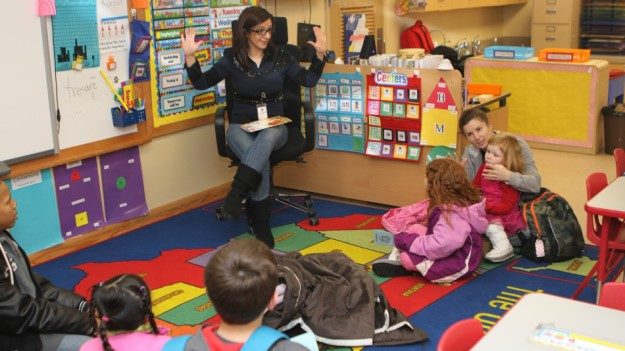As the Welsh government takes on a national project to expand Welsh language fluency, what is the impact on primary and secondary education in Wales?

Wales is making its native language a priority, especially in primary and secondary education. Explore below to understand geographic differences in Welsh fluency, growth in Welsh-medium schools, the debates surrounding Welsh education and grasp the challenges of spreading the Welsh language amongst students.
Cael hwyl! Have fun!
By 2050, the Welsh government aims to have a million Welsh speakers in the country — and Welsh education in schools is a big part of this plan.
.embed-container { position: relative; padding-bottom: 56.25%; height: 0; overflow: hidden; max-width: 100%; } .embed-container iframe, .embed-container object, .embed-container embed { position: absolute; top: 0; left: 0; width: 100%; height: 100%; }
As Welsh schools look to the future, change is already underway in many parts of Wales. From rising attendance in Welsh-medium schools to people who say they speak Welsh, the language is taking hold in the country once again.

Overhauling the educational system to teach more Welsh is a complex project, requiring large economic investments, in-depth teacher training and effectively convincing the population that the focus is worth time and energy. Drs Dylan Foster Evans and Siôn Jones explain the differing factors that influence parents’ choice of Welsh-medium or English-medium schools.
.embed-container { position: relative; padding-bottom: 56.25%; height: 0; overflow: hidden; max-width: 100%; } .embed-container iframe, .embed-container object, .embed-container embed { position: absolute; top: 0; left: 0; width: 100%; height: 100%; }
